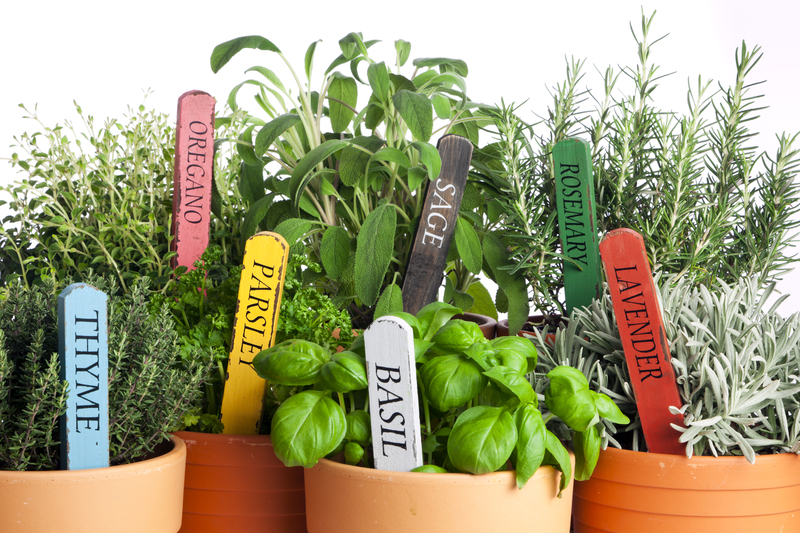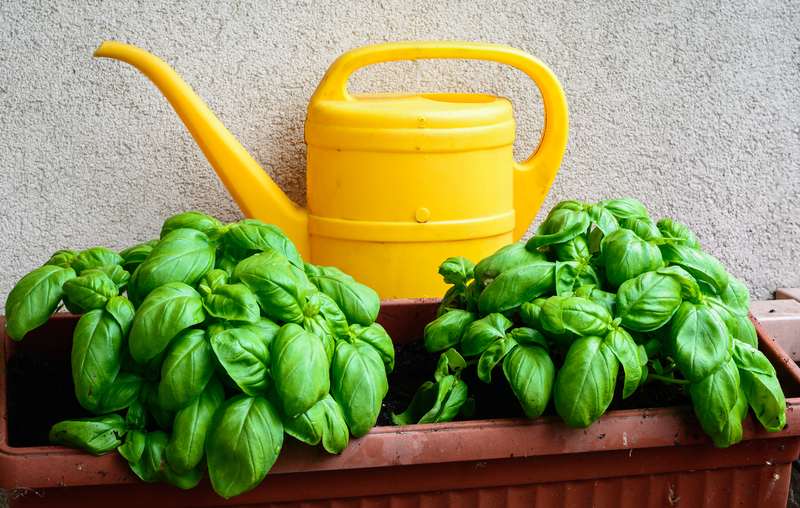Achieving Ideal pH in Lawns
Posted on 13/02/2025
Achieving Ideal pH in Lawns
A well-maintained lawn is the pride of any homeowner, providing a lush, green space for recreational activities and enhancing the property's aesthetic appeal. However, achieving and maintaining that picture-perfect lawn isn't just about regular mowing and watering. One critical factor that often gets overlooked is the pH level of the soil. Understanding and managing the pH in your lawn is fundamental to nurturing healthy grass, preventing weed infestations, and ensuring the soil's nutrient availability. This article will delve into the importance of soil pH, how to measure it, and methods to adjust it for optimal lawn health.
Understanding Soil pH
Soil pH is a measure of the acidity or alkalinity of the soil. The scale ranges from 0 to 14, with 7 being neutral. Values below 7 indicate acidic soil, while values above 7 indicate alkaline soil. The pH level significantly impacts nutrient availability, microbial activity, and overall soil health.
For lawns, the ideal soil pH typically falls between 6.0 and 7.0. At this range, essential nutrients like nitrogen, phosphorus, and potassium are readily available to the grass. Deviation from this range can lead to nutrient deficiencies or toxicities, ultimately affecting grass health and growth. Additionally, certain grass types have specific pH preferences. For example, cool-season grasses like Kentucky bluegrass and fescue thrive in slightly acidic to neutral pH, while warm-season grasses like Bermuda and Zoysia prefer a pH closer to neutral.

Identifying Soil pH
Before you can adjust the pH of your lawn, you need to know the current pH level of your soil. Soil testing can provide this information, and there are a few methods to accomplish this:
- Home Test Kits: Available at most garden centers, these kits provide a quick and fairly accurate reading of your soil's pH. They involve mixing a soil sample with a chemical solution that changes color based on the pH level.
- Digital pH Meters: These handheld devices offer more precise measurements than home test kits. They work by inserting a probe into the soil, which then provides a digital readout of the pH level.
- Laboratory Testing: For the most accurate results, consider sending a soil sample to a professional laboratory. Many agricultural extension offices offer soil testing services and can provide detailed information on pH as well as nutrient levels.
Adjusting Soil pH
Once you know your soil's pH, you can take steps to adjust it if necessary. Depending on whether your soil is too acidic or too alkaline, different amendments are required:
Correcting Acidic Soil
If your soil pH is too low (acidic), you will need to raise it by adding alkaline materials such as lime. Lime can be found in various forms, including ground limestone (calcium carbonate), dolomitic lime (calcium magnesium carbonate), and quicklime (calcium oxide). The choice of lime depends on your soil's specific needs and how quickly you need to adjust the pH.
- Ground Limestone: Widely used and recommended for its gradual effect, ground limestone slowly increases soil pH over time. It is safe and easy to apply.
- Dolomitic Lime: If your soil also has a magnesium deficiency, dolomitic lime is a great option as it provides both calcium and magnesium.
- Quicklime: While highly effective, quicklime acts rapidly and can be hazardous if not handled properly. It's usually best left to professional applications.
When applying lime, it's crucial to follow recommended rates based on your soil test results. Over-liming can cause nutrient imbalances, so it's always better to make gradual adjustments.
Amending Alkaline Soil
For soil that's too alkaline, you'll need to lower the pH by adding acidic materials. Common soil acidifiers include sulfur, iron sulfate, and organic matter:
- Elemental Sulfur: This is one of the most effective soil acidifiers. Microorganisms in the soil convert sulfur to sulfuric acid, which then lowers the pH. However, the process can take several months.
- Iron or Aluminum Sulfate: These compounds act faster than elemental sulfur, providing quicker results. However, they need to be applied with caution to avoid potential toxicity issues.
- Organic Matter: Incorporating organic materials like peat moss or compost can gradually acidify the soil while improving soil structure and fertility.
As with lime, it's important to apply these amendments based on soil test recommendations to avoid over-application and potential damage to your lawn.

Maintaining Optimal Soil pH
Adjusting the soil pH is not a one-time event. Soil pH can fluctuate due to factors such as rain, irrigation water, and the breakdown of organic matter. Therefore, regular monitoring and maintenance are essential to keep the pH within the optimal range for your lawn type.
Consider testing your soil pH annually, ideally in the fall or early spring. This allows you to make any necessary adjustments before the growing season. Additionally, maintaining a healthy lawn through proper mowing, watering, fertilization, and aeration practices will contribute to stable soil pH levels.
Conclusion
Achieving and maintaining the ideal soil pH is a cornerstone of successful lawn care. By understanding the importance of pH, accurately testing your soil, and appropriately amending it when necessary, you can create a thriving, healthy lawn. Regular monitoring and proactive maintenance will ensure your lawn remains a lush, green oasis that enhances your property's beauty and value.
Remember, soil pH management is an ongoing process. Stay vigilant, and your efforts will be rewarded with a vibrant, resilient lawn that stands the test of time.




